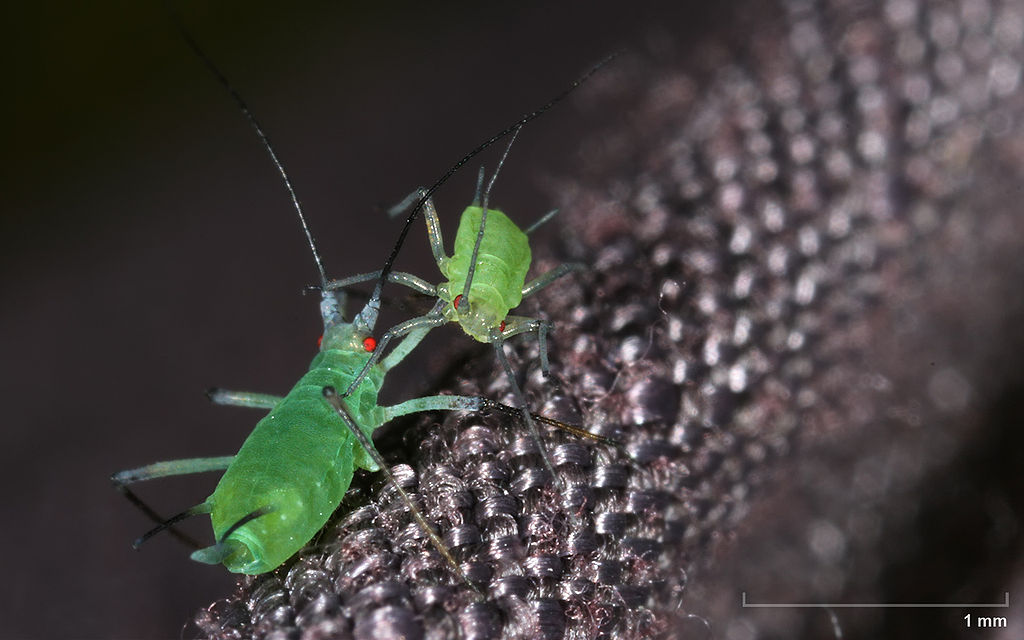Picture this: you’re walking through your garden, admiring your roses, when you spot tiny green insects clustered on the stems. Your first instinct might be to reach for the insecticide, but what if I told you that keeping some aphids around could actually be one of the smartest gardening decisions you’ll ever make? Most gardeners view these soft-bodied insects as nothing more than plant-sucking pests, but the truth is far more fascinating. These tiny creatures play crucial roles in creating balanced ecosystems that can transform your garden into a thriving, self-sustaining paradise. While nobody’s suggesting you invite an aphid army to take over your prized petunias, allowing controlled populations to exist might just revolutionize how you think about garden management.
The Natural Food Web Your Garden Desperately Needs
Every healthy ecosystem relies on a delicate balance between predators and prey, and your garden is no exception. Aphids serve as the foundation of this food web, acting like tiny protein bars for countless beneficial insects. Without these small green morsels, ladybugs, lacewings, and parasitic wasps would struggle to find adequate nutrition to survive and reproduce. Think of aphids as the grocery store that keeps your garden’s police force well-fed and ready to tackle more serious pest problems. When you eliminate every single aphid, you’re essentially closing down the neighborhood diner where all the good guys hang out.
Ladybugs: Your Garden’s Voracious Bodyguards
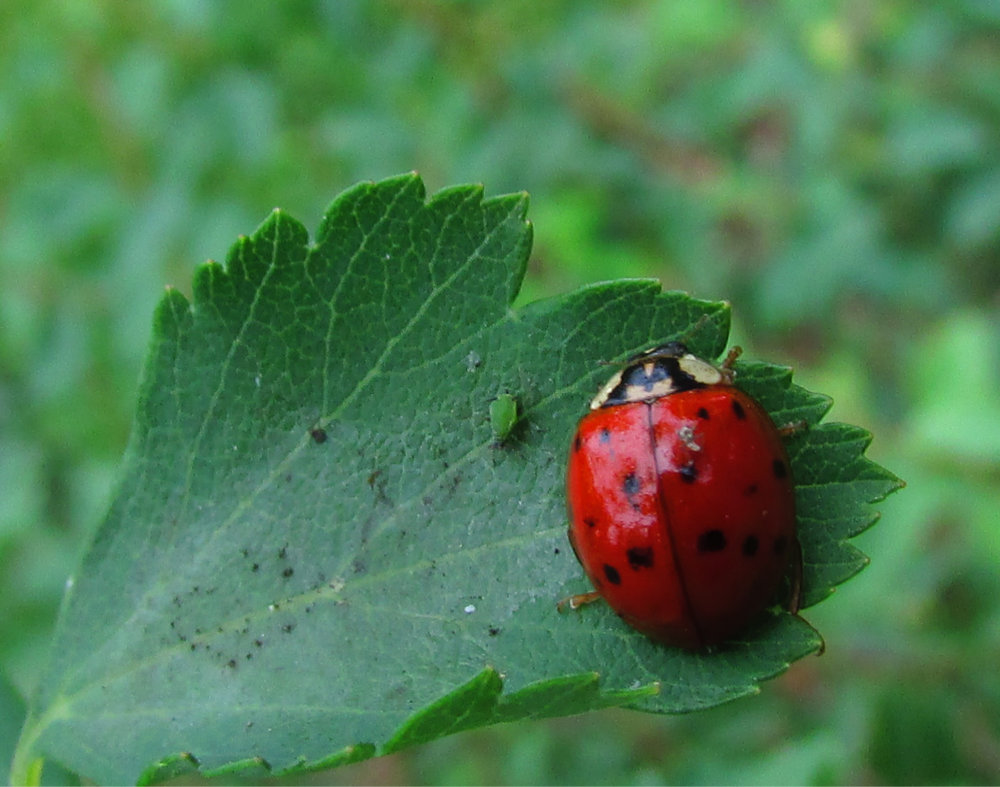
A single ladybug can devour up to 5,000 aphids in its lifetime, making them one of nature’s most efficient pest control agents. But here’s the catch: without a steady supply of aphids, these spotted warriors will simply pack up and move to someone else’s garden. Adult ladybugs need about 150 aphids per day to lay eggs, and their larvae are even more ravenous, consuming 200-300 aphids daily during their development. By maintaining small aphid populations, you’re essentially paying rent to keep these incredible predators as permanent residents. It’s like having a security company that works for food instead of cash.
The Lacewing Connection: Delicate Wings, Deadly Appetite
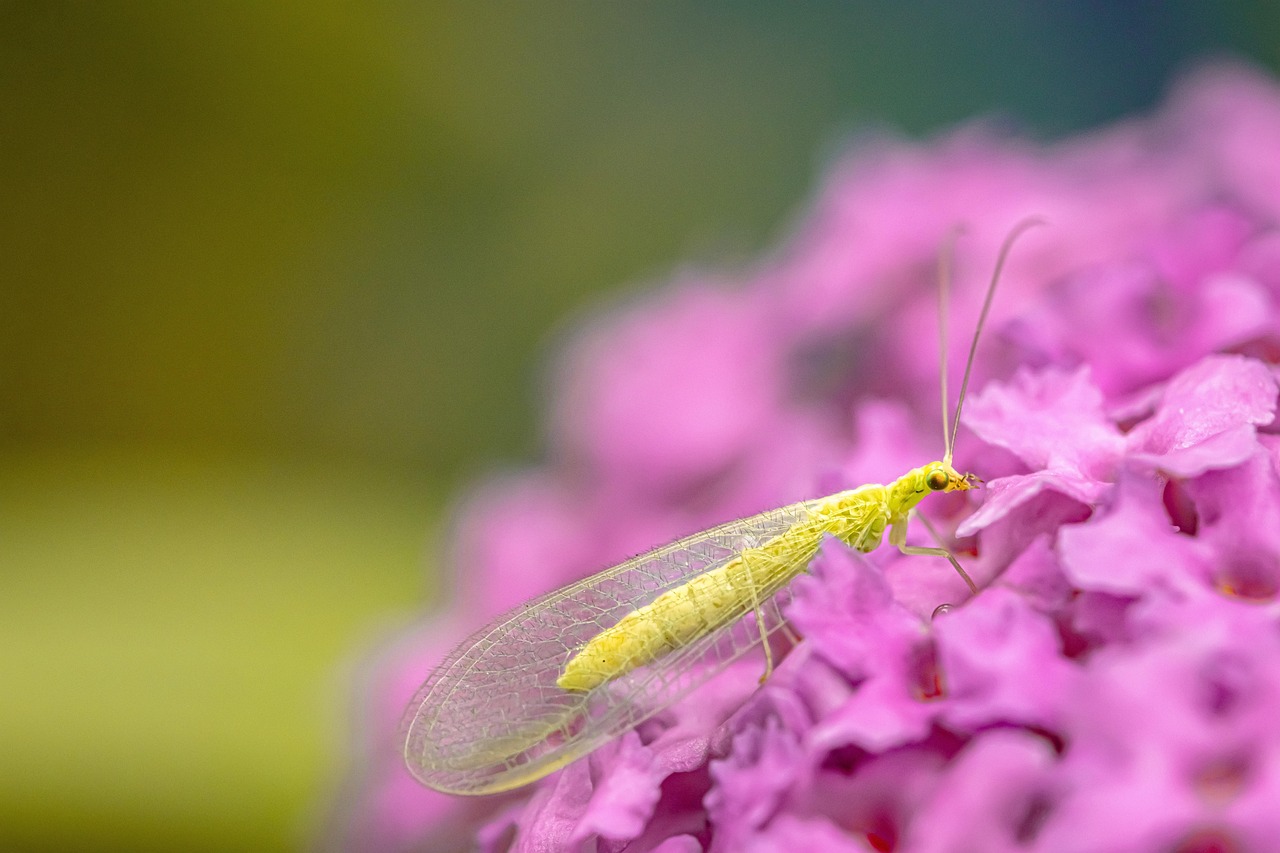
Green lacewings might look like ethereal fairies floating through your garden, but their larvae are absolute monsters when it comes to aphid control. These “aphid lions” inject digestive enzymes into their prey and literally suck them dry, earning them the nickname “vacuum cleaners of the insect world.” A single lacewing larva can consume over 600 aphids during its three-week development period. Without aphids to sustain them, adult lacewings will lay their eggs elsewhere, depriving your garden of these incredibly effective biological control agents. The presence of aphids signals to lacewings that your garden is a suitable nursery for raising their predatory offspring.
Parasitic Wasps: Tiny Terminators with a Mission
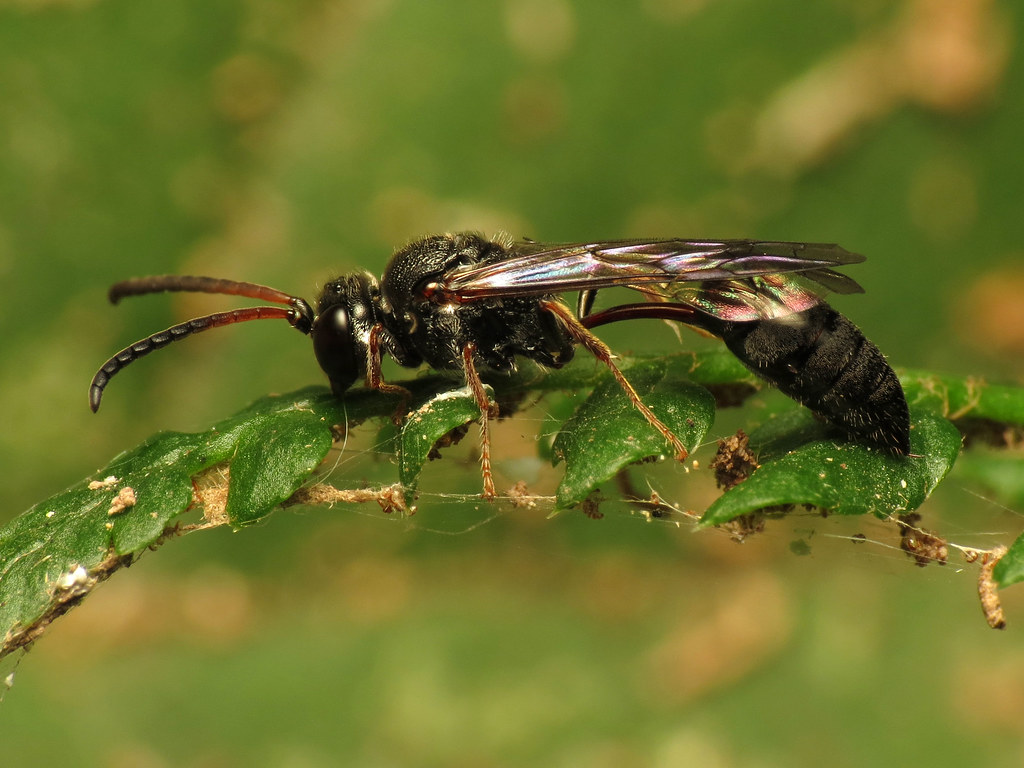
These miniature wasps are so small you might mistake them for gnats, but they’re actually highly specialized assassins with an incredible talent for pest management. Female parasitic wasps lay their eggs directly inside aphids, turning the unfortunate host into a living nursery for wasp larvae. The developing wasp gradually consumes the aphid from the inside out, eventually emerging as an adult ready to repeat the cycle. One species, Aphidius colemani, can parasitize over 200 aphids in her short lifetime. When you see brown, papery “mummies” among your aphid colonies, you’re witnessing this fascinating biological warfare in action.
Birds: The Aerial Cleanup Crew
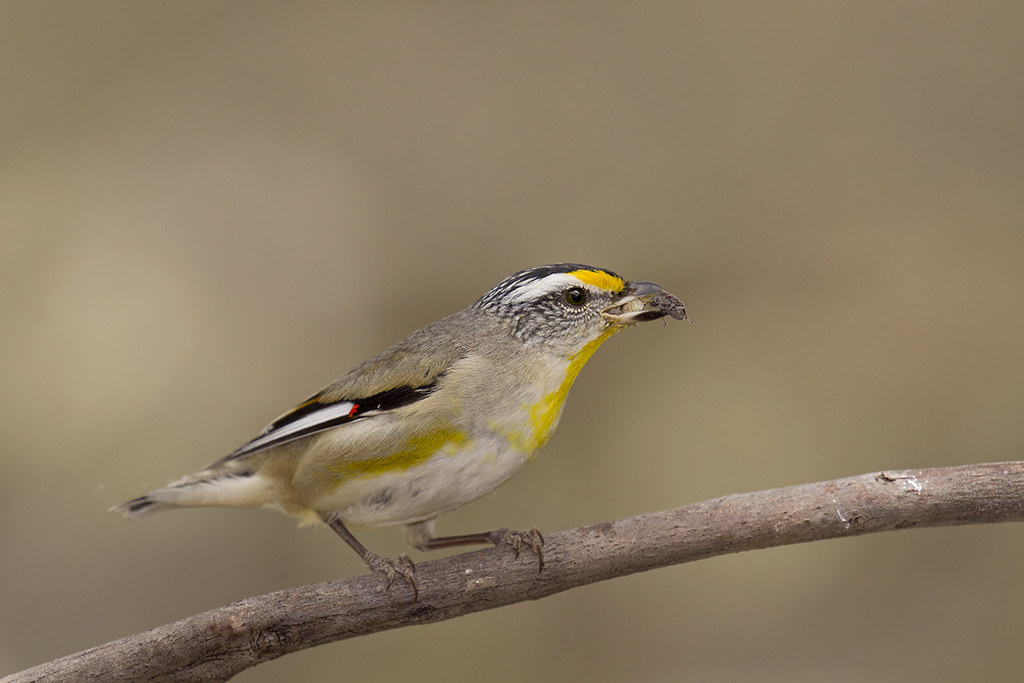
Many songbirds rely heavily on aphids and other soft-bodied insects to feed their growing chicks. Chickadees, wrens, and finches can consume thousands of aphids per day during breeding season, providing natural population control while nourishing the next generation of feathered garden helpers. These birds are particularly valuable because they can reach aphids in locations that crawling predators might miss. A single pair of chickadees needs approximately 6,000-9,000 caterpillars and other insects to successfully raise one brood, with aphids making up a significant portion of this diet. Without adequate insect populations, many beneficial bird species will abandon your garden in search of better feeding grounds.
The Ant-Aphid Alliance: Nature’s Livestock System
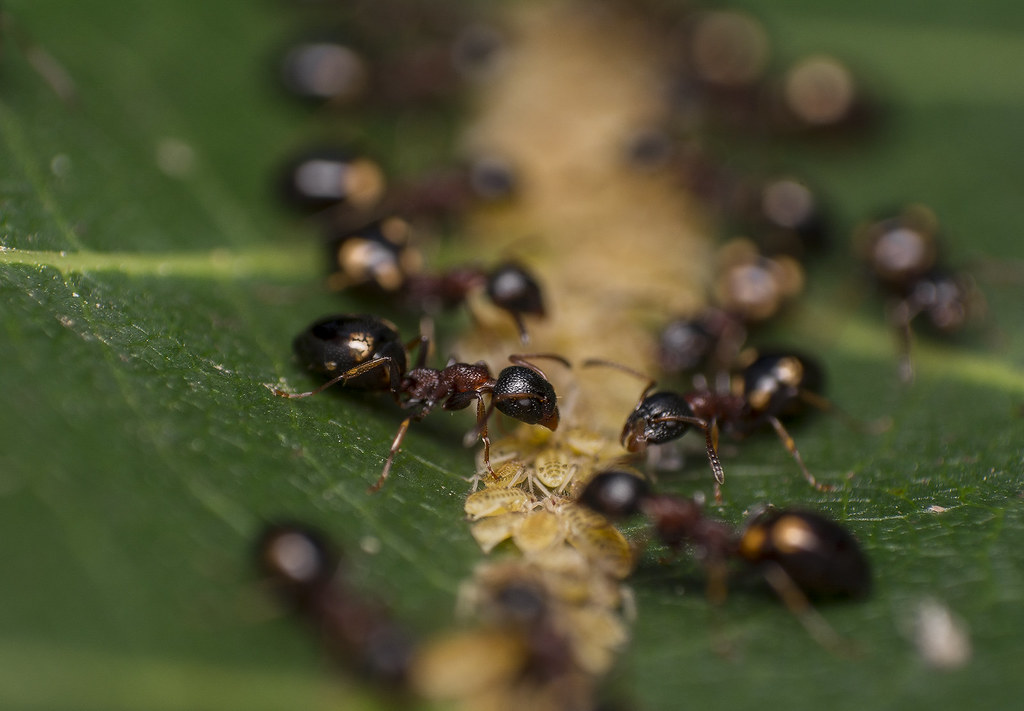
The relationship between ants and aphids is one of nature’s most fascinating examples of mutualism, resembling a miniature livestock operation. Ants protect aphids from predators and parasites in exchange for honeydew, a sweet substance that aphids excrete after feeding on plant sap. This sticky secretion is incredibly nutritious and provides ants with essential carbohydrates needed for colony survival. Some ant species even “milk” their aphid herds by stroking them with their antennae to encourage honeydew production. While this relationship might seem problematic, it actually helps regulate aphid populations by concentrating them in specific areas where they’re easier for other predators to find and eliminate.
Early Warning System: Aphids as Garden Sentinels
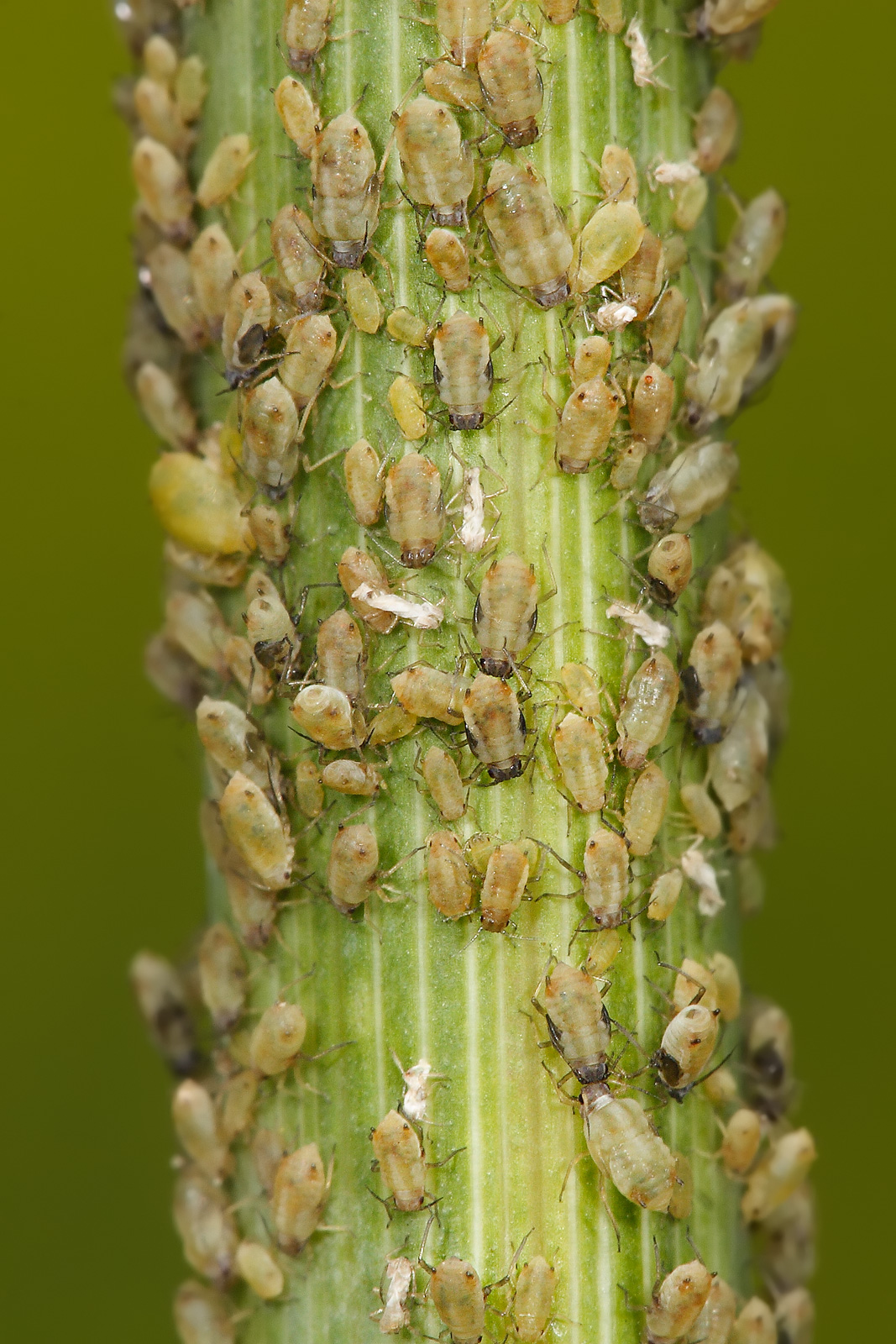
Small aphid populations can serve as an early detection system for more serious garden problems. These insects are incredibly sensitive to changes in plant health, often appearing first on stressed, weakened, or diseased plants. When you notice aphids clustering on specific plants, it’s often a sign that those plants need attention – perhaps better watering, improved soil drainage, or protection from other stressors. This early warning system allows you to address underlying issues before they become major problems. Think of aphids as your garden’s diagnostic tool, highlighting trouble spots that might otherwise go unnoticed until significant damage occurs.
Soil Health Indicators: Reading Nature’s Signals
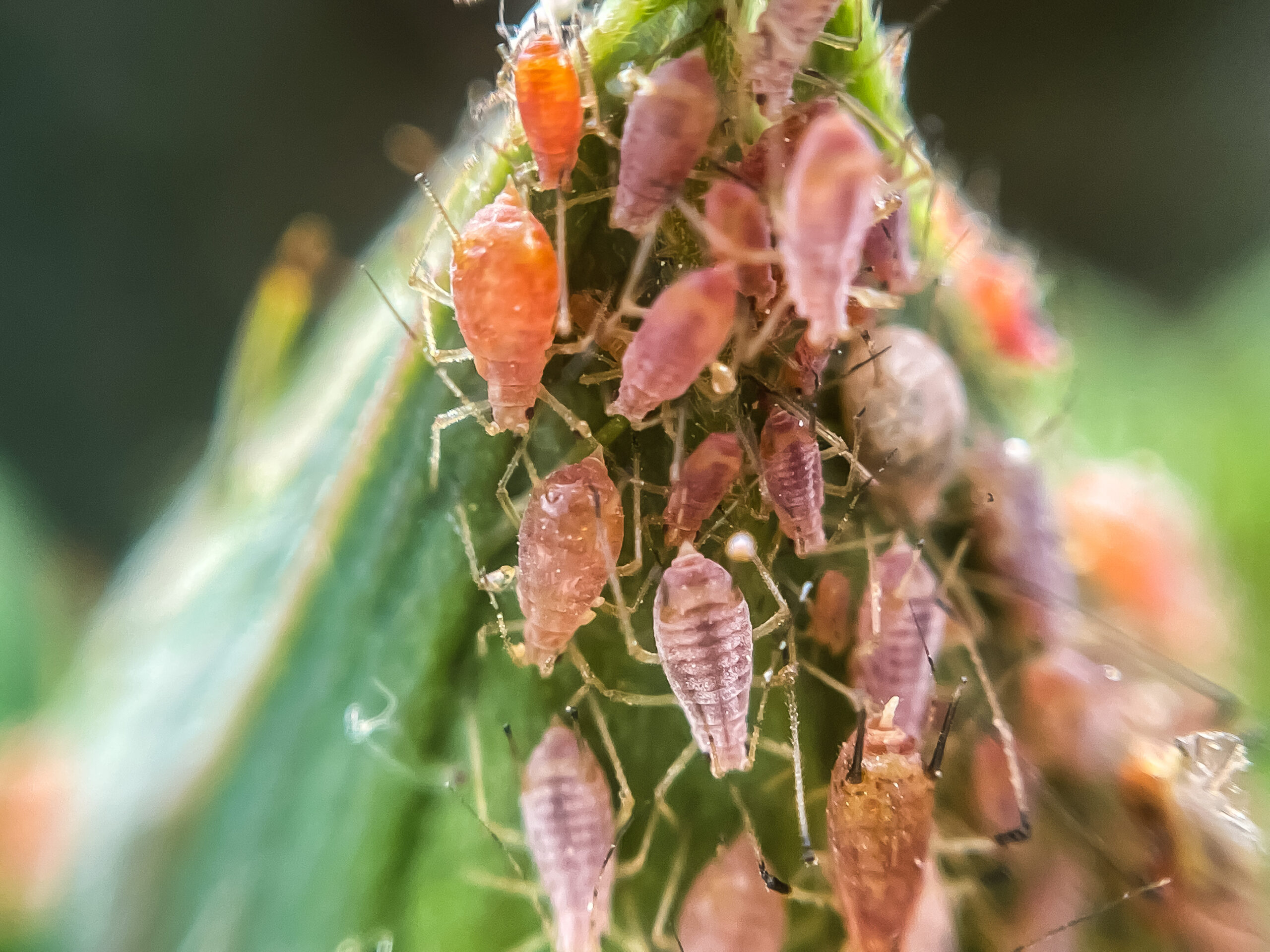
The distribution and behavior of aphid populations can provide valuable insights into your soil’s health and nutrient balance. Healthy, well-balanced soil typically supports stronger plants that are naturally more resistant to excessive aphid infestations. When aphid populations explode, it often indicates that plants are receiving too much nitrogen, which makes them produce the tender, nitrogen-rich growth that aphids find irresistible. By observing aphid patterns, experienced gardeners can identify areas where soil amendments or fertilization practices need adjustment. This natural feedback system helps create more balanced growing conditions that benefit both plants and the entire garden ecosystem.
Pollinator Support: The Unexpected Connection
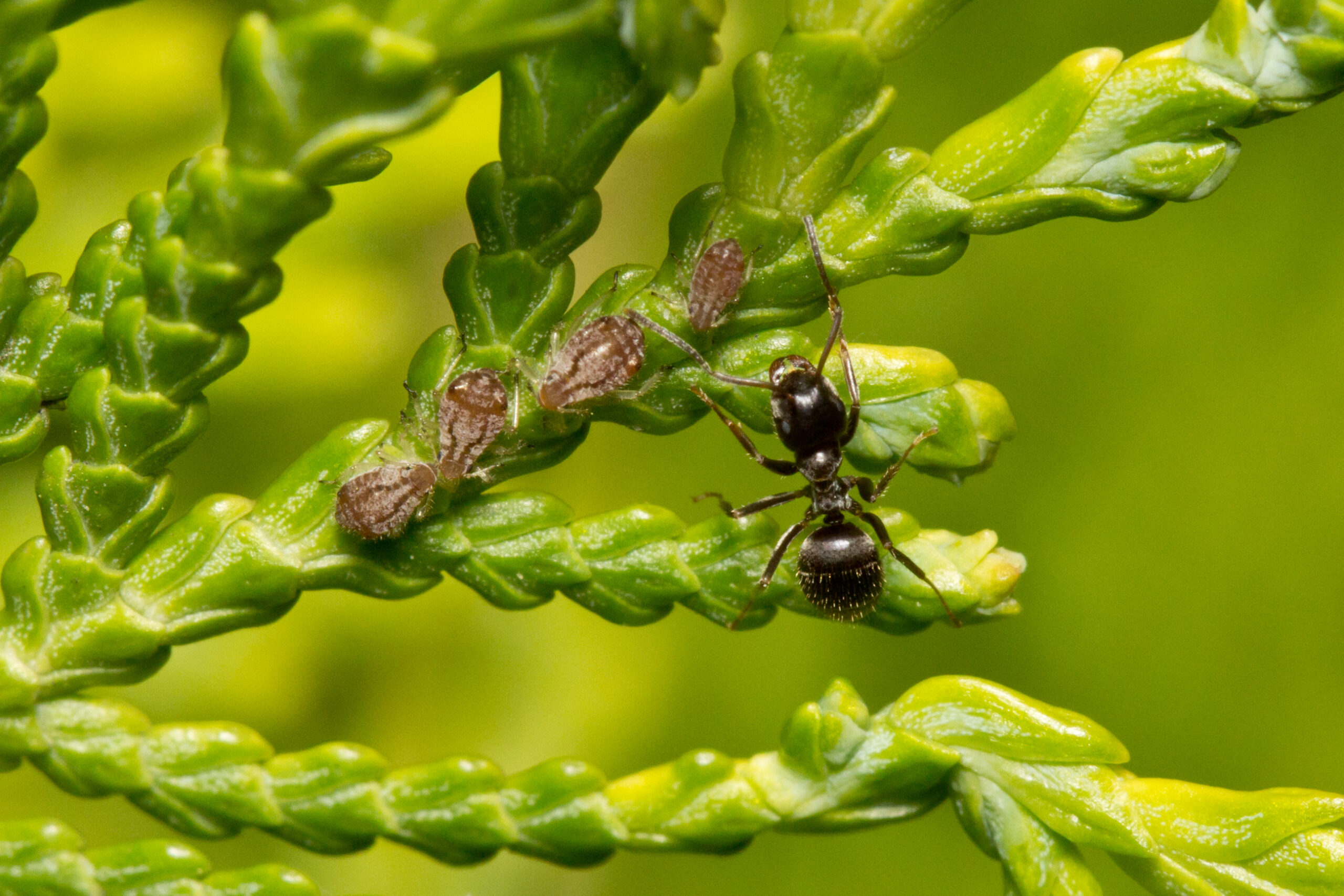
While aphids themselves aren’t pollinators, they indirectly support pollinator populations through their role in the garden ecosystem. The honeydew produced by aphids provides an important carbohydrate source for many beneficial insects, including some that also serve as pollinators. Hoverflies, for example, feed on aphid honeydew as adults but are also valuable pollinators of many garden plants. By maintaining small aphid populations, you’re helping to sustain these dual-purpose insects that contribute to both pest control and plant reproduction. Additionally, the diverse insect community that aphids support includes many species that serve as alternative food sources for pollinators during times when nectar and pollen are scarce.
Natural Selection: Strengthening Your Plant Population
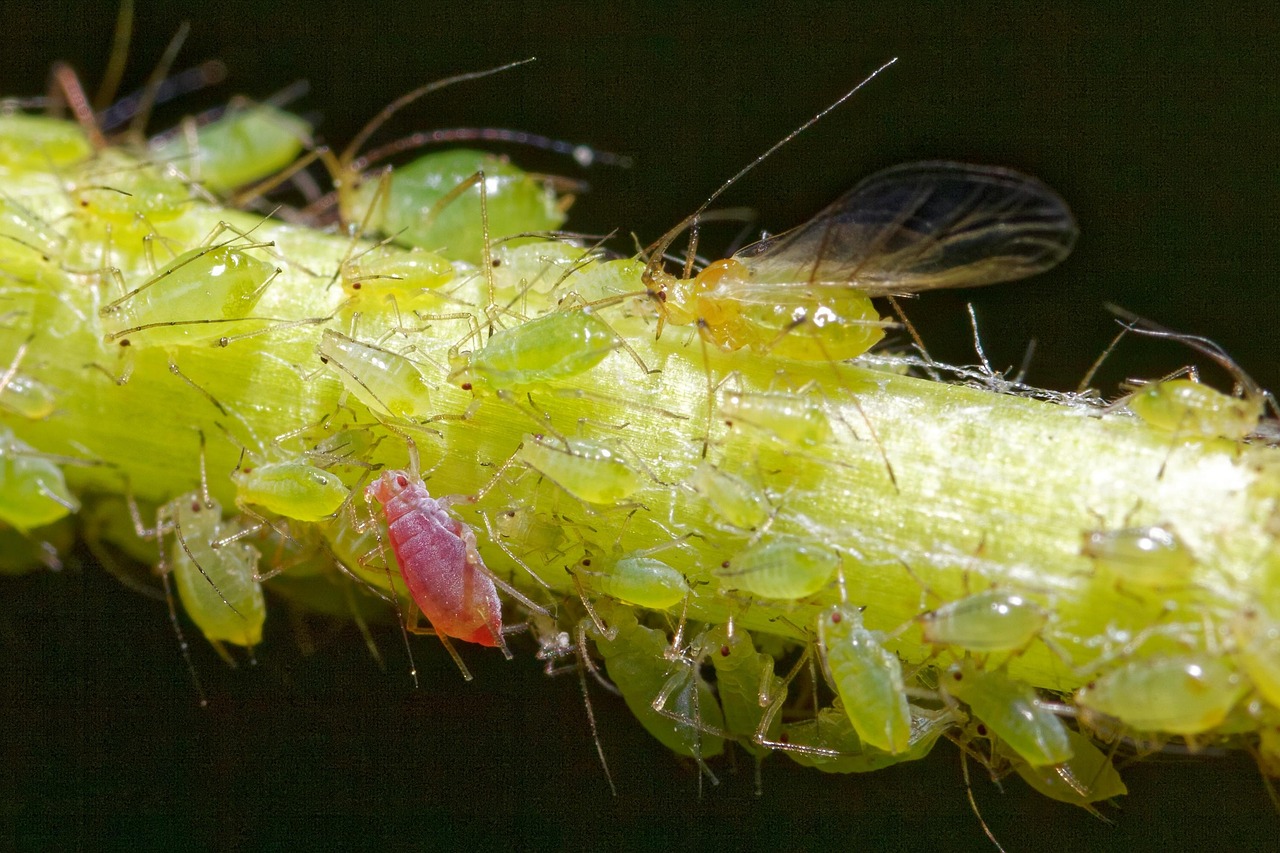
Allowing controlled aphid pressure can actually help strengthen your plant population over time through natural selection. Plants that survive mild aphid infestations often develop stronger natural defenses and pass these traits on to future generations through seeds. This process gradually builds a more resilient garden ecosystem that requires less intervention over time. However, this only works when aphid populations remain at manageable levels that stress plants without causing permanent damage. It’s similar to how moderate exercise strengthens muscles – a little stress builds resilience, while too much causes harm.
Reducing Chemical Dependency: Breaking the Pesticide Cycle
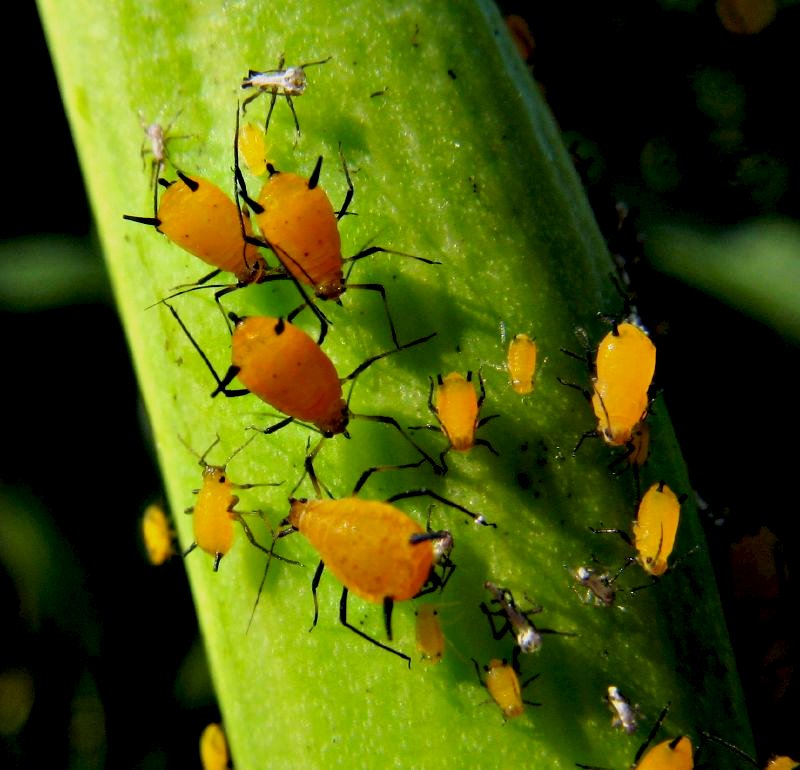
Maintaining small aphid populations helps break the destructive cycle of chemical pesticide use that can devastate beneficial insect communities. When you rely solely on sprays to eliminate every aphid, you often kill the natural predators that would otherwise keep pest populations in check. This creates a rebound effect where pest populations explode once the pesticide wears off, leading to even heavier chemical applications. By tolerating manageable aphid levels, you maintain the predator populations that provide long-term, sustainable pest control. This approach reduces your garden’s chemical load while creating a more stable, self-regulating ecosystem that becomes increasingly effective over time.
Biodiversity Boost: Creating Insect Highways
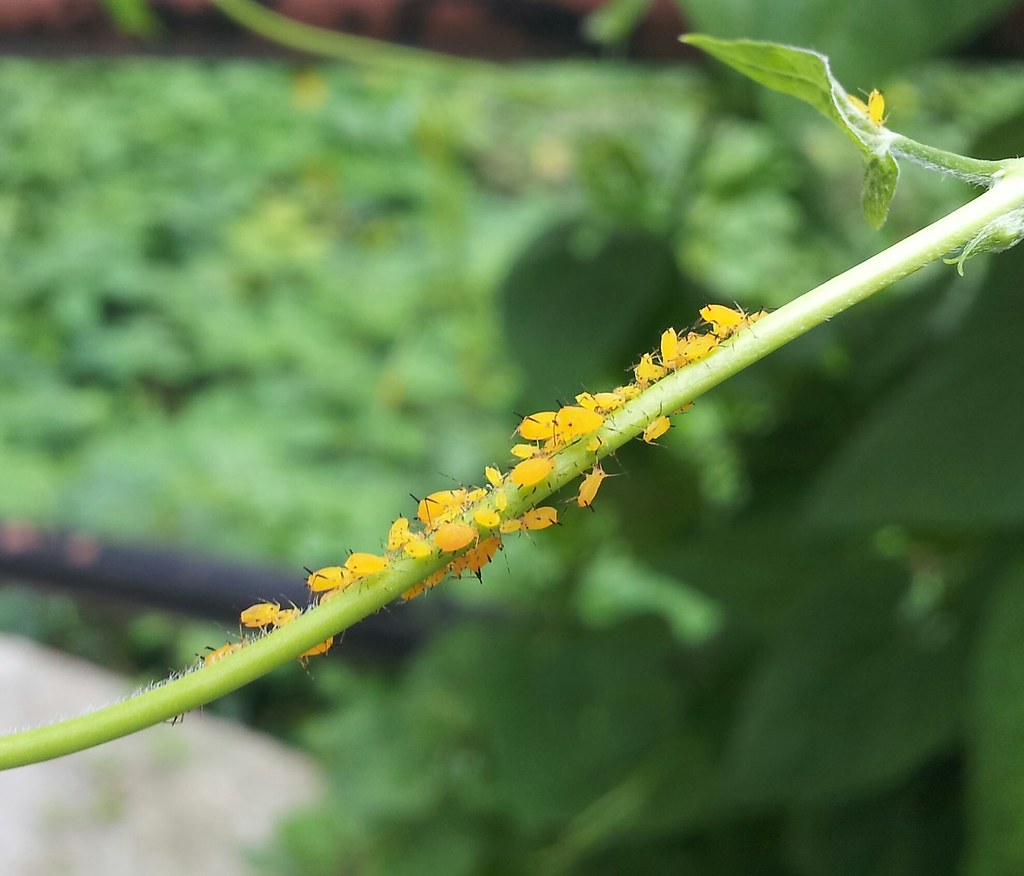
Aphids serve as stepping stones in the complex web of garden biodiversity, supporting not just their direct predators but entire chains of interconnected species. Spiders feed on the flies and other insects attracted to aphid colonies, while ground beetles hunt the ants that tend aphid herds. Even seemingly unrelated species benefit from the increased insect activity that aphids generate. This creates what ecologists call “trophic cascades,” where the presence of one species influences multiple levels of the food web. A garden with appropriate aphid populations typically supports 3-4 times more beneficial insect species than one treated with regular pesticide applications.
Seasonal Balance: Working with Nature’s Rhythms
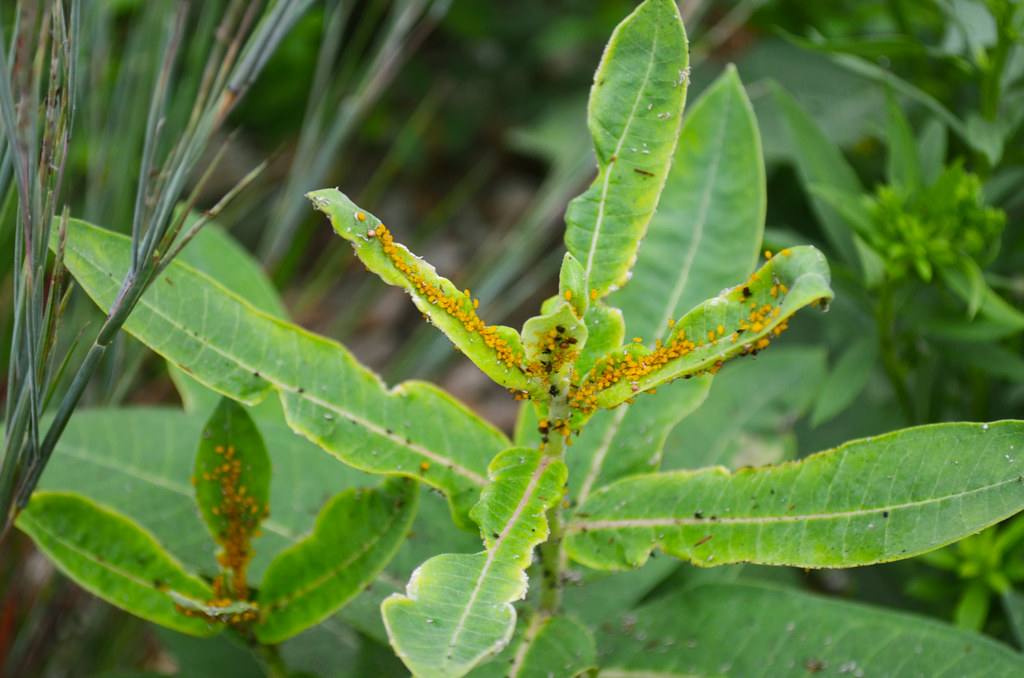
Natural aphid populations follow predictable seasonal patterns that mirror the life cycles of their predators and the growing patterns of plants. Spring populations typically peak as new plant growth provides abundant feeding opportunities, then decline as predator populations catch up and plants mature. Understanding these cycles allows gardeners to work with natural rhythms rather than against them. During peak aphid seasons, increased predator activity provides excellent biological control, while winter populations remain low as both pests and predators enter dormancy. This natural ebb and flow creates a stable system that requires minimal human intervention once established.
Teaching Moments: Connecting with Nature’s Complexity
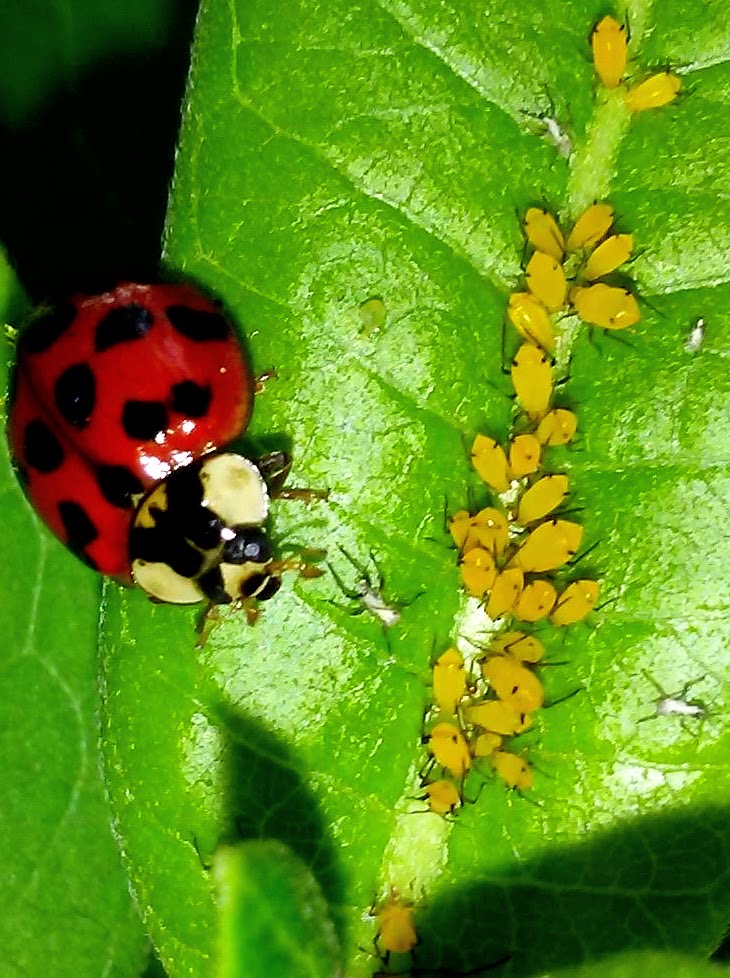
Observing aphid populations and their interactions with other garden inhabitants provides incredible educational opportunities for both children and adults. Watching a ladybug methodically consume aphids, or seeing parasitic wasp mummies develop over time, offers firsthand lessons in ecology and natural science that no textbook can match. These observations help develop a deeper appreciation for the complexity and interconnectedness of natural systems. Gardens that include controlled aphid populations become living laboratories where visitors can witness predator-prey relationships, life cycles, and ecosystem balance in action. This educational value transforms pest management from a simple elimination strategy into an opportunity for ongoing discovery and learning.
The Art of Aphid Management: Finding the Sweet Spot
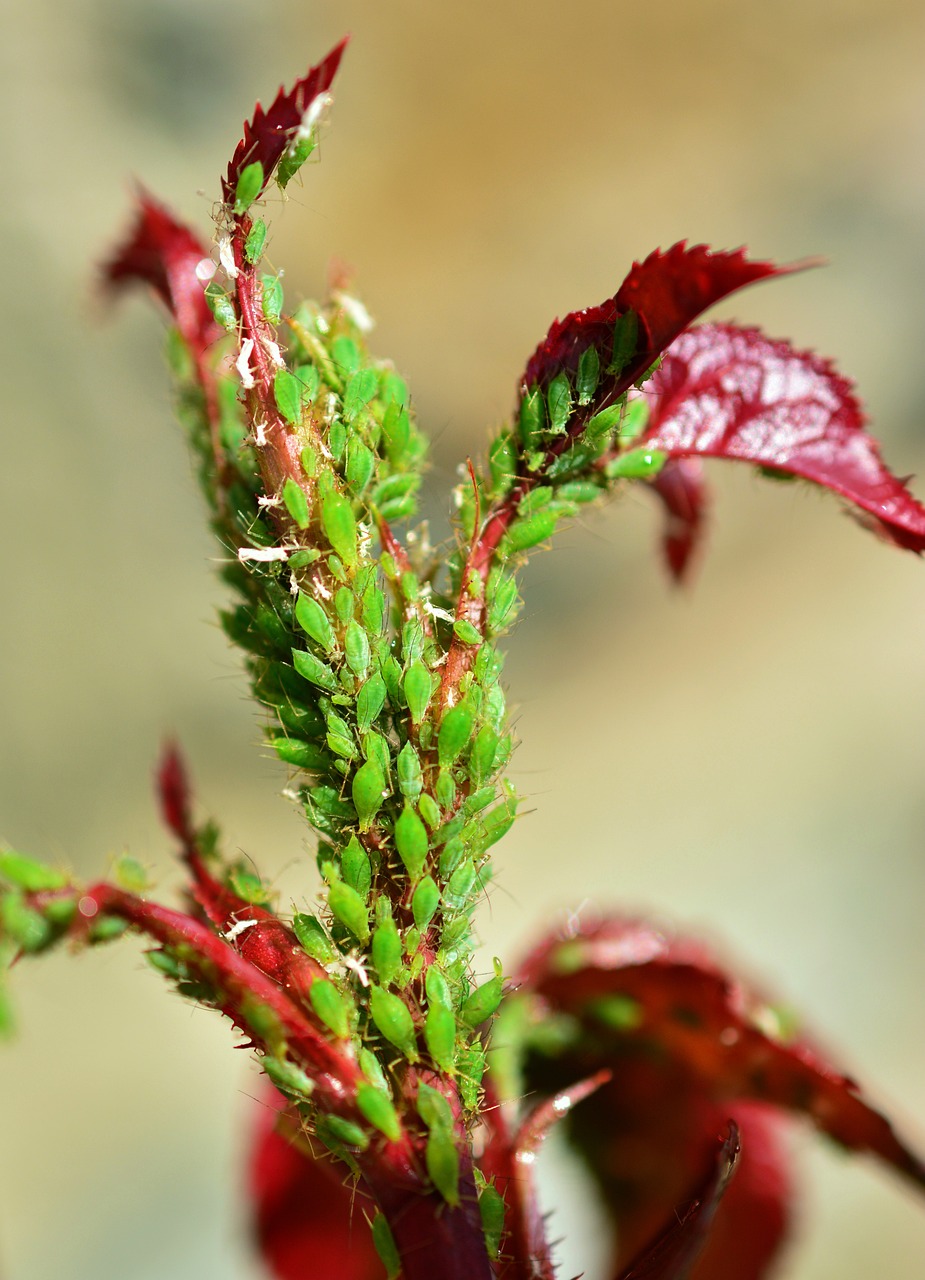
Successfully managing aphids requires finding the delicate balance between too few and too many, like conducting a tiny orchestra where every instrument must play its part. The goal isn’t to eliminate every aphid but to maintain populations at levels that support beneficial insects without overwhelming your plants. This typically means accepting 5-10 aphids per plant during peak season, enough to keep predators interested but not so many that plants suffer significant damage. Regular monitoring becomes essential, as does learning to distinguish between manageable populations and true infestations that require intervention. When populations do spike beyond acceptable levels, targeted treatments like horticultural oils or insecticidal soaps can reduce numbers without devastating the entire ecosystem.
Conclusion
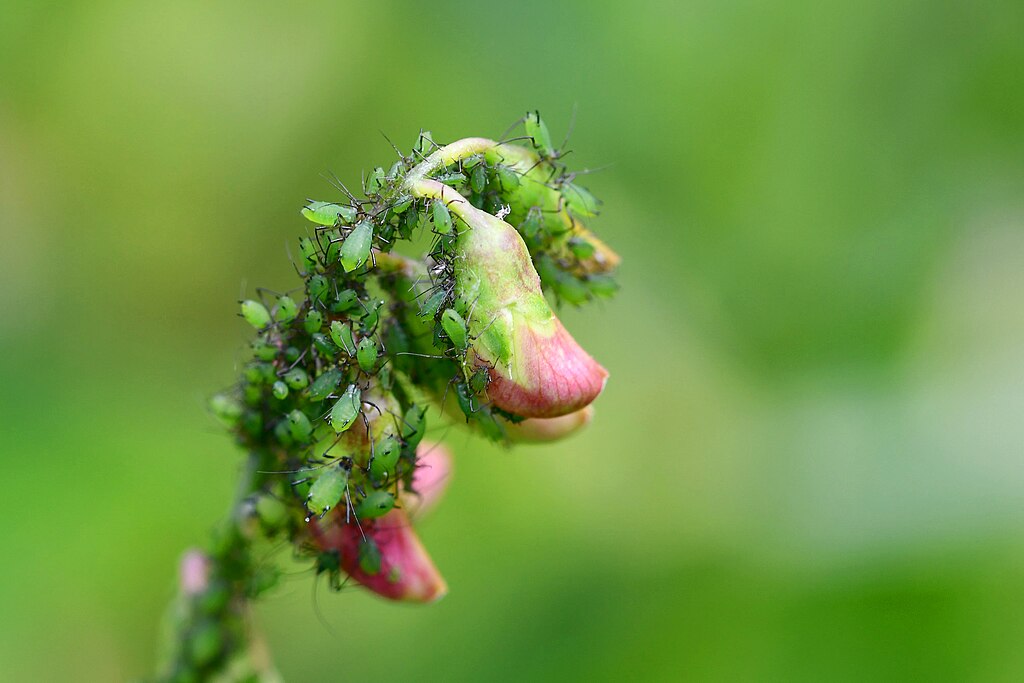
Embracing a small aphid presence in your garden isn’t about giving up control – it’s about working smarter by harnessing nature’s own pest management system. These tiny insects serve as the foundation for a complex web of beneficial relationships that can transform your garden into a self-sustaining ecosystem. From feeding ladybugs and lacewings to supporting bird populations and providing early warning systems for plant health, aphids earn their keep in ways that might surprise even experienced gardeners. The key lies in finding that perfect balance where aphid populations remain manageable while supporting the diverse community of beneficial insects that make chemical interventions largely unnecessary. Next time you spot those familiar green clusters on your plants, take a moment to consider whether they might actually be working for you rather than against you. What would your garden look like if you let nature handle the pest control?

